The Waldorf 3rd grade curriculum is so incredible.
I remember when my own children were going through the grades, we were all so excited when they got to 3rd grade. All of the projects — building, cooking, handwork — it all seemed like so much fun!
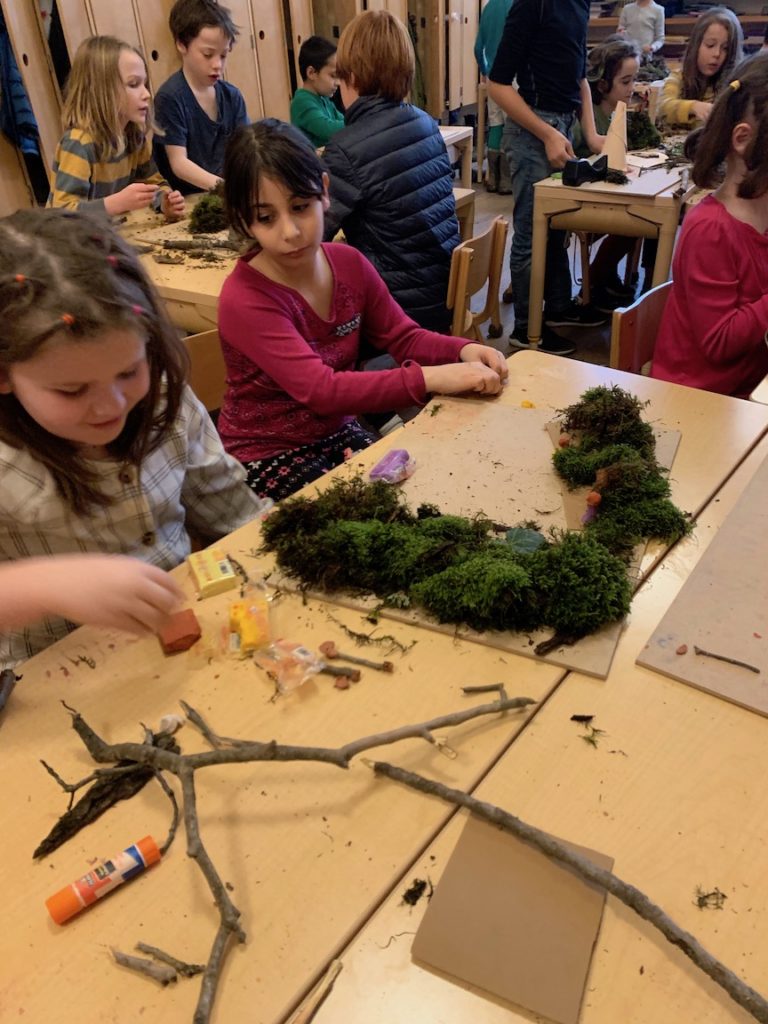
Now that I’m teaching 3rd grade, I’m realizing what a balancing act it truly is.
Because here’s the thing — there are two streams of development going on for the 3rd grader, and they are both super important.
Soul Development
My students’ developing souls need the nourishment of the Old Testament stories and the hands-on activities of the projects. As they navigate the tempestuous waters of the 9-year-change, they need the two reminders that these stories and experiences give them.
- You may feel all alone in the world, but the adults around you are the authorities (like God to the Israelites.)
- We know that as you make your way through the world you’ll feel alone and vulnerable, so here are the tools you’ll need to protect yourself from the harsh realities of the world.
In these ways, the curriculum is such a blessing for children of this age. It doesn’t make the 9-year-change a walk in the park, exactly, but it certainly helps.
Academic Development
The other side of my students’ development that I need to consider, though, is their academic development. I learned back in teacher training that the end of 3rd grade is a big turning point. By then, students’ reading and math skills should be just about at grade level.
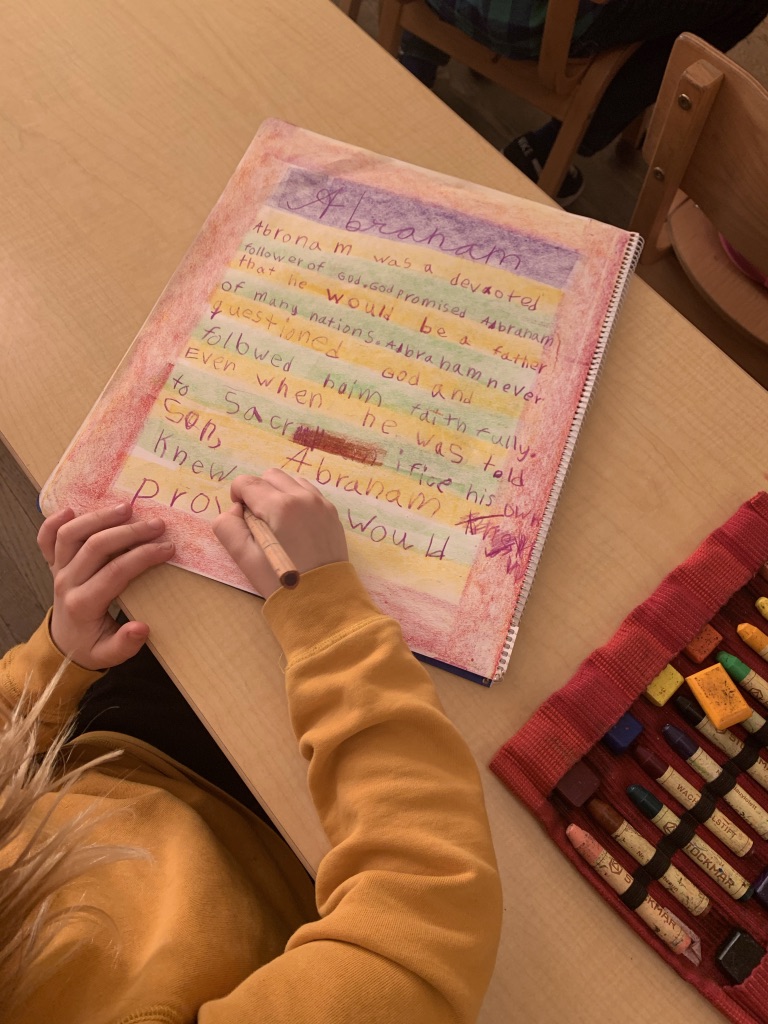
Because we don’t begin direct phonics instruction until 1st grade, our students have received less direct instruction than their mainstream peers. For this reason, parents and teachers are usually patient with 1st and 2nd graders whose reading skills are still developing.
But by the end of 3rd grade, we like to see that their skills have caught up. And if they haven’t, 3rd grade is a great time to give a big push. Luckily, students are usually quite ready for that push and they can make big leaps really quickly.
Keeping the Balance
All of this means that the 3rd grade teacher is pulled in 87 different directions and needs to make some real “soul economy” decisions. 3rd grade is the last grade that I had never taught before (remember, I started in the middle school) and there is no doubt in my mind that it is the most challenging.
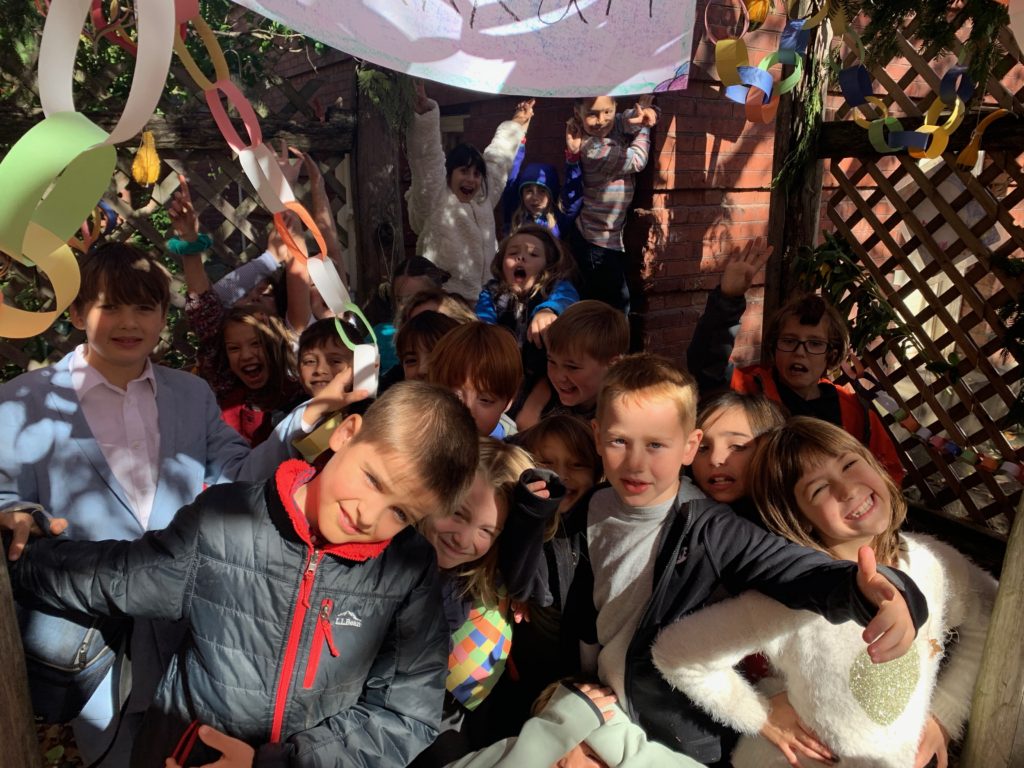
I recently sat down and categorized all of the various aspects of my work, in an attempt to create a regular rhythm around it — just to make it all more manageable. As tempted as I am to go through that long list right now, I really want to make this post all about balancing projects and academics. But as you read, know that there is so much more to balance, and that finding rhythms and structures is key to making the work happen.
I know that some teachers have really wondered about the value of all of the project learning, claiming that it doesn’t leave enough time for academic skill-building. Waldorf Inspirations puts some aspects of this work in the “sacred nothings” category. (Those are those Waldorf traditions that, when you really think about it, don’t really resonate.)
I’m all about making sure that the things we do meet the development of the child. And the best way to make sure that you’re doing that is to look at all of your practices with a questioning eye. So, with that in mind, what are some helpful considerations in blending projects and academics? Let’s see.
Be clear about what you’re doing and why you’re doing it.
This is generally a good idea with any teaching decision, but it’s particularly important in this situation, where balance is so difficult to achieve. As always, the key question is, “What need does this meet in my students?” You can probably come up with a need for everything you do (otherwise you probably wouldn’t have even thought to do it) but the key is to make sure you’re intentional about what needs you’re meeting when.
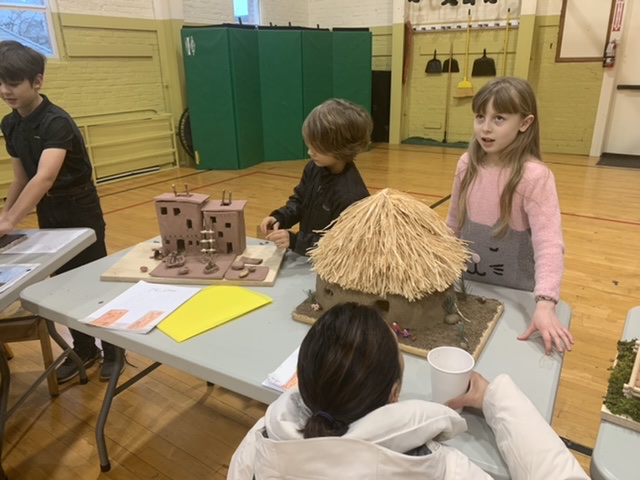
For example, in our recent shelters block, I needed to continually remind myself that the focus of the block should be about how the human being finds protection in the world. It was decidedly NOT a unit about the various cultures of the shelters we studied. We really focused on the shelters themselves and how the people living in them would stay warm or protected from the weather.
Use rhythm to your advantage.
Okay. I know I may sound like a broken record when it comes to rhythm, but it is even more important when you’ve got a lot of balls in the air.
Again, an example helps. Right now, I’m blocking our class play, planning a field trip for our fibers block, planning a natural dyeing session next week, trying to figure out what our project time will be this week and looking ahead to our big farm trip overnight. Holy smokes! That’s a lot to consider.
Thank goodness I’ve got an extremely regular approach to the academic work that we’re doing in main lesson. Because of this, I know that every day my students will practice reading, writing and math. It is built into our rhythm and though I need to do a little bit of prep for it on Sunday night, I would never overlook or forget this work because it is such an essential part of our rhythm. Our day almost can’t continue until we complete our daily dictation.
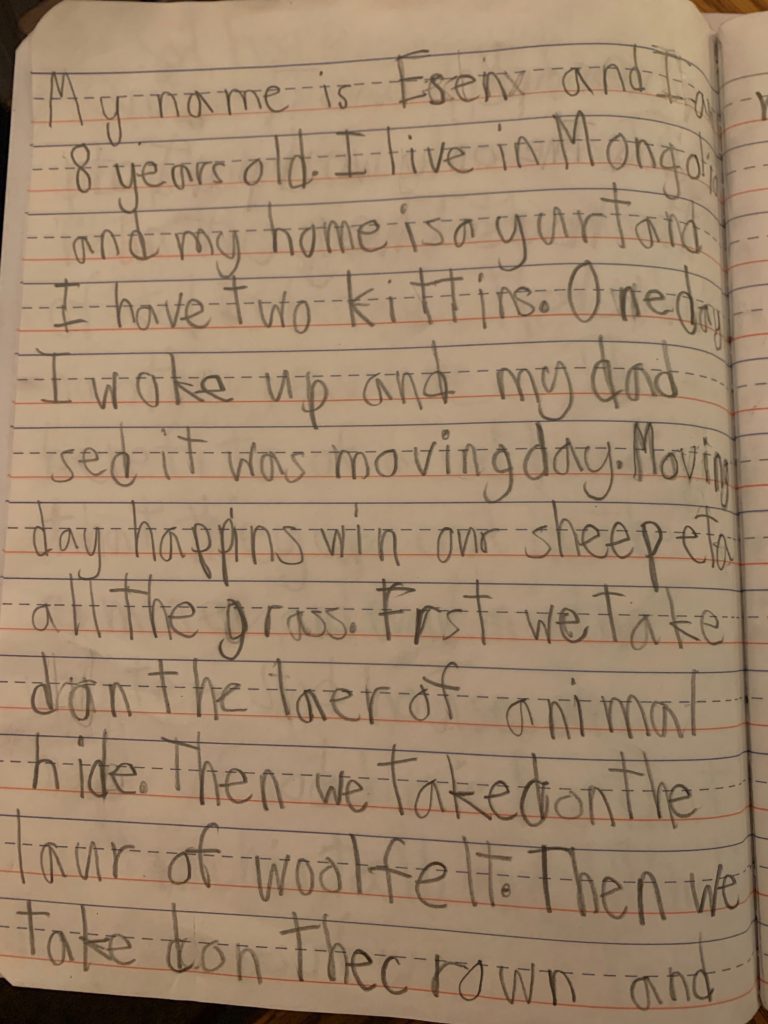
Now, perhaps if I’d found a good rhythm for all of that project work I would feel just as on top of it as I do the rest of it.
Blend wherever possible.
One of the best things about Waldorf Education is that just about everything you do can become fodder for academic learning. This year, almost all of our project day activities became either compositions or drawings in our Projects main lesson books. I found that one of the best main lesson pages for our project activities was to create a “how to” page. It is such a valuable experience for kids to go back and think through their actions in a linear way. This is so much harder than we think!
Ultimately, I’ve been really happy with the projects that we’ve done — though they do take a lot of preparation and patience. Those project days are definitely not school-as-usual. But finding ways to extract academic skill-building experiences from them has been so helpful.
It’s all about soul economy!





Leave a Reply